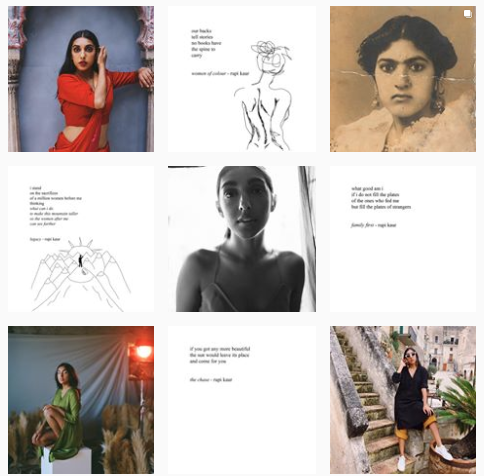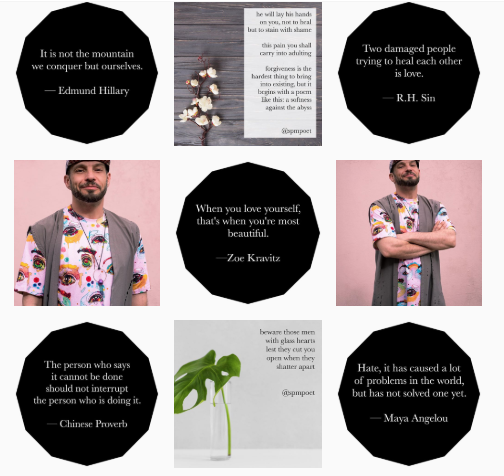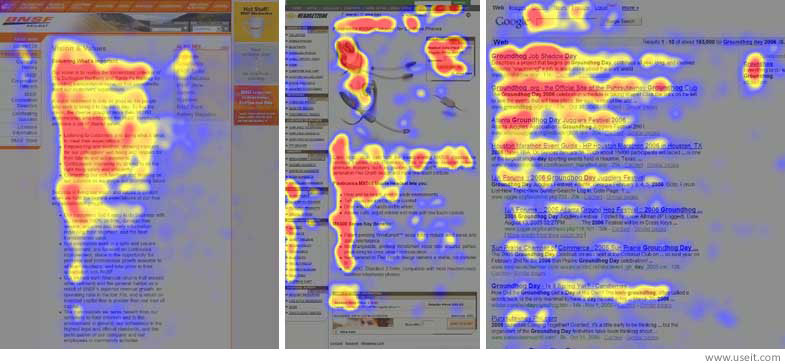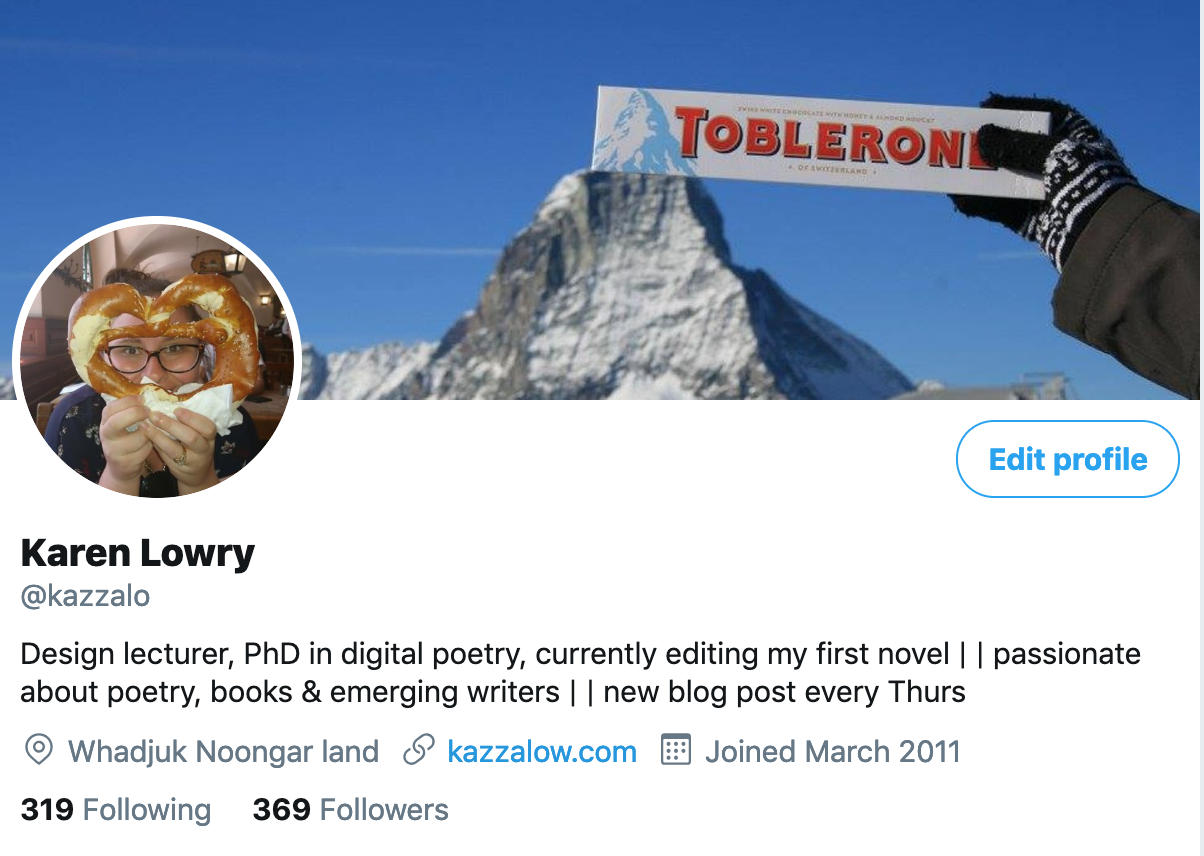As a writer, is it really that important to have a presence on social media? My opinion, in short, is absolutely. That being said, one thing I’ve struggled with since I started growing my channels earlier this year, is how time consuming it is. I’ve saved myself a lot of time by using a social media manager.
Hootsuite tends to be the most popular, but I use CoSchedule because it also doubles as an editorial scheduler for WordPress. That means I can use the calendar to schedule and plan my blog posts. I then curate social media campaigns around them.
My Twitter account (my primary platform) is about 50% scheduled posts (a lot of my ‘writing tips’ are scheduled in advance) and 50% live interactions. Most of the tweets that aren’t scheduled are me engaging in different communities, like #writingcommunity and #WIP (work in progress). I spend about an hour once a fortnight scheduling posts and creating social media graphics. This can sometimes be as many as 5 hours if I’m struggling with my OCD.
Should you invest the time?
Absolutely. It’s never too early to start developing a following and a brand. If anything, this will increase your chances of getting published as you’ll have an existing readership and following for your work. For this reason, it’s important to develop genuine connections. On Twitter especially, ‘follow for follow’ is really common (you can pick these people because they might have 5000 followers, but they are also following 6000 people themselves). This can result in followers who are disengaged with your content.
Rupi Kaur’s instagram feed with the hand drawn sketches that her poems are iconic forTo keep people engaged, make sure your content adds value. For example,I use Canva to develop social media graphics that are more engaging than plain text.
I also recently developed a colour scheme to make my instagram feed more visually appealing (check back in a few weeks to see what it looks like). A good example of this is Rupi Kaur (above) and Scott-Patrick Mitchell (below) who use patterns to create cohesiveness in their posts. Their instagram feeds are unified and visually striking. Both have a regular template they use and Scott-Patrick Mitchell also has a unique visual style for all of this posts (the use of floral embellishments).


You also don’t have to be on all social media platforms. Focus your attention on the ones you enjoy. You are much better off sharing quality content on one or two platforms regularly than sharing stuff sporadically across all platforms. Just make sure you share your own content AND engage with your audience. The whole point of social media, after all, is conversation.
I use Twitter for conversation and Instagram because I’ve started developing #instapoetry. After years of not sharing work @BymepoetryAUS have started sharing some of my poems. You can follow accounts like these and tag them for the chance to be featured. You can also find a community for your writing on Instagram via #bookstagram. Just make sure you are offering value to your followers.
In other words, don’t just market and promote your book. A good example is Natasha Lester who shares her research and inspiration for each of her novels as well as photos of her writing process and occasional give-away.
Why do it?
If you aren’t using social media, there’s probably one main thought going through your head; you’re a writer. Why should you invest so much time in something that isn’t writing?
Well, social media has actually helped my writing, not hindered it. I have been able to engage in conversation with a community of writers and have discovered resources through this community I wouldn’t have otherwise.
Successful social media posts also tell a story. How you tell this story will differ from platform to platform, but it’s all about telling engaging stories and then following up with conversation and dialogue.
This helped my writing because I had to turn the small events I was tweeting about into interesting stories. If I tweeted a video or an article, I had to distill it, not just within the character limit, but to something interesting and helpful to my followers. Social media is no different to writing. You are trying to engage an audience by telling stories. The only difference is, you need to find that audience first.
Isn’t social media bad?
I’ve read a lot (and contributed in part, as an academic) that social media has a largely negative impact on us, especially in developing poor writing skills in young people. On that last point, I suggest you to watch this TED talk (also below – but be warned, it’s about 12 minutes) which addresses this idea that social media and texting is destroying language (spoiler, it isn’t).
Another way I think social media has had an impact is scanning. When we read online, we read shorter bits of information. The average attention span online is about 10 seconds, with most website visits lasting 2 – 4 minutes (Neilsen, 2009). A survey by Neilsen Group shows how our eyes scan written text on the web in an F shape pattern that decreases over time (Neilsen, 2006). A more recent study shows that 80% of user attention falls in the content above the fold or before they scroll (Nielsen, 2018).

So how does this affect writing? We’re used to smaller texts, shorter amounts of information, and a novel is hardly that. By participating in a lot of conversations online, I’ve found that many writers (and readers) now favour shorter chapters with the most popular being about 1500 words, or one scene.
The only potential negative you really need to worry about is that you don’t let social media take over your writing. Schedule some time each week to develop content and limit yourself to this block. I block social media channels using the StayFocusd plugin. I also block notifications by turning on Do Not Disturb from 7pm – 9am everyday.
Getting started
The key to getting started is to decide on your main objective. This might be to build your online profile, to network with other writers, or to reach new readers. Then choose your networks. I suggest no more than two when starting out. There is a great, supportive writing community on Twitter. If you don’t know where to start, give me a shoutout @kazzalo and I’ll link you in with some local writers.
When looking at my blog audience, I get 25% of my audience from organic searches (search engines like Google) and a whopping 60% from Facebook. I don’t have a Facebook page. I share direct to my personal page and I’m doing just fine. Don’t feel like you need to develop a page for your writing.
Next set up your profiles. Your bio should be short and succinct and show your passion for your discipline. Mine briefly summarises my experience, the kinds of things I tweet about, and promotes my blog.
When you start posting, decide how often you will share content and what kind of content will add value to your target audience. Make sure you interact with people at least as often as you post. No one is going to buy your product until they trust you. Focus on developing connections and worry about promoting yourself later.
Remember, social media takes time. Make sure you give yourself a break and don’t be afraid to install apps that block sites so you have a free space to write.
References
Neilsen, J. (2006). F-Shaped Pattern For Reading Web Content (original study). Nielsen Norman Group. Retrieved from https://www.nngroup.com/articles/f-shaped-pattern-reading-web-content-discovered/
Neilsen, J. (2009). Powers of 10: Time Scales in User Experience. Nielsen Norman Group. Retrieved from https://www.nngroup.com/articles/powers-of-10-time-scales-in-ux/
Neilsen, J. (2018). Scrolling and Attention. Nielsen Norman Group. Retrieved from https://www.nngroup.com/articles/scrolling-and-attention/
